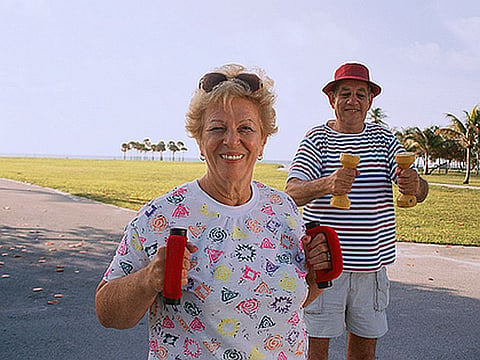TUESDAY, Nov. 1, 2016 (HealthDay News) -- A long-term moderate-intensity physical activity (PA) intervention may reduce resting pulse rate (RPR) among older adults, according to a study published online Oct. 27 in the Journal of the American Geriatrics Society.
Bríain ó Hartaigh, Ph.D., from the Dalio Institute of Cardiovascular Imaging in New York City, and colleagues examined the utility of a long-term PA intervention for reducing RPR in a cohort of 1,635 individuals aged 70 to 89 years. Participants were randomized to a moderate-intensity PA intervention or a health education-based successful aging intervention (818 and 817 participants, respectively).
The researchers found that during the mean study duration of 2.6 years the average effect of the PA intervention on RPR was clinically small but statistically significant (average intervention difference, 0.84 beats/minute; Paverage = 0.01). The most pronounced effect was seen at 18 months (difference, 1.37 beats/minute). At 30 months the relationship became weaker and was no longer statistically significant.
"A long-term moderate-intensity PA program was associated with a small and clinically insignificant slowing of RPR in older persons," the authors write. "Whether PA can deliver a beneficial reduction in RPR requires further examination in older adults."
Full Text (subscription or payment may be required)


